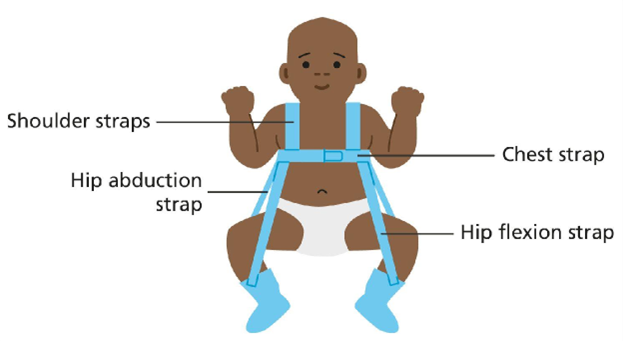A nurse is assisting in the care of an older adult client who has COPD and is receiving albuterol treatments and 20 mg of prednisone twice daily. The client asks why the nurse is checking his blood glucose level.
Which of the following responses should the nurse make?
Older adults are at risk for developing type 1 diabetes mellitus.
Prednisone can cause blood glucose levels to increase.
Albuterol treatments can cause blood glucose levels to decrease.
Having COPD causes blood glucose levels to fluctuate.
The Correct Answer is B
Prednisone can cause blood glucose levels to increase.
The nurse should explain to the client that the reason for checking his blood glucose level is because prednisone, a medication he is receiving, can cause an increase in blood glucose levels. Prednisone is a corticosteroid medication that is commonly used in the treatment of various conditions, including COPD. It has the potential to raise blood glucose levels by promoting gluconeogenesis (the production of glucose from non-carbohydrate sources) and decreasing insulin sensitivity. Monitoring blood glucose levels is important to assess and manage any potential hyperglycaemia or changes in the client's blood sugar levels while on prednisone.
Older adults are not at increased risk for developing type 1 diabetes mellitus in (option A) is incorrect. Type 1 diabetes is an autoimmune condition that typically occurs in childhood or adolescence, and it is characterized by the destruction of insulin-producing cells in the pancreas.
Albuterol treatments, which are used to relieve bronchospasms in clients with COPD, are not known to cause blood glucose levels to decrease in (option C) is incorrect. Albuterol is a beta-2 adrenergic agonist that primarily acts on the respiratory system and does not have a direct effect on blood glucose levels.
Having COPD does not directly cause blood glucose levels to fluctuate in (option D) is incorrect. While there can be various factors that may indirectly affect blood glucose levels in individuals with COPD (e.g., medications, stress, comorbidities), the primary reason for monitoring blood glucose in this case is the use of prednisone.
In summary, the nurse should explain to the client that the blood glucose levels are being checked because prednisone, a medication he is taking for his COPD, can cause an increase in blood glucose levels. This allows for appropriate monitoring and management of any potential hyperglycemia associated with the use of prednisone.
Nursing Test Bank
Naxlex Comprehensive Predictor Exams
Related Questions
Correct Answer is C
Explanation
During an external chemical disaster, it is crucial to minimize the exposure of clients to the hazardous substance. Moving clients to a room above ground level with few windows can help reduce the risk of exposure to the chemical and its fumes. This is because many hazardous chemicals tend to be denser than air and may settle closer to the ground. Choosing a room above ground level and with fewer windows can provide a safer environment.
Turning on fans in the facility to circulate air can actually worsen the situation by spreading the chemical and its fumes throughout the facility, potentially exposing more individuals.
Covering the electrical outlets with wet towels is not directly related to preparing for an external chemical disaster. It may be more relevant during a fire emergency to prevent the spread of flames, but not for chemical exposure.
Opening the fireplace dampers in the day room can allow the entry of outside air and potentially introduce more of the hazardous substance into the facility.
Correct Answer is C
Explanation
Explanation:
The Pavlik harness is a device used to treat developmental dysplasia of the hip (DDH) in infants. It helps position the hips in a way that promotes proper hip joint development. By keeping the hips in a flexed and abducted position, the harness helps to align the hip joint properly, allowing for normal development.
A- Applying lotion under the straps of the harness is not recommended as it can interfere with the harness's effectiveness and may cause skin irritation.
B- The harness should not be removed for sleeping unless specifically instructed by the healthcare provider. It is typically worn continuously to ensure consistent hip positioning and optimal treatment outcomes.
D- Placing the diaper over the strap of the harness is not recommended as it can cause discomfort for the infant and may interfere with the proper fit and function of the harness. The diaper should be placed under the harness straps to ensure a secure and comfortable fit.

Whether you are a student looking to ace your exams or a practicing nurse seeking to enhance your expertise , our nursing education contents will empower you with the confidence and competence to make a difference in the lives of patients and become a respected leader in the healthcare field.
Visit Naxlex, invest in your future and unlock endless possibilities with our unparalleled nursing education contents today
Report Wrong Answer on the Current Question
Do you disagree with the answer? If yes, what is your expected answer? Explain.
Kindly be descriptive with the issue you are facing.
